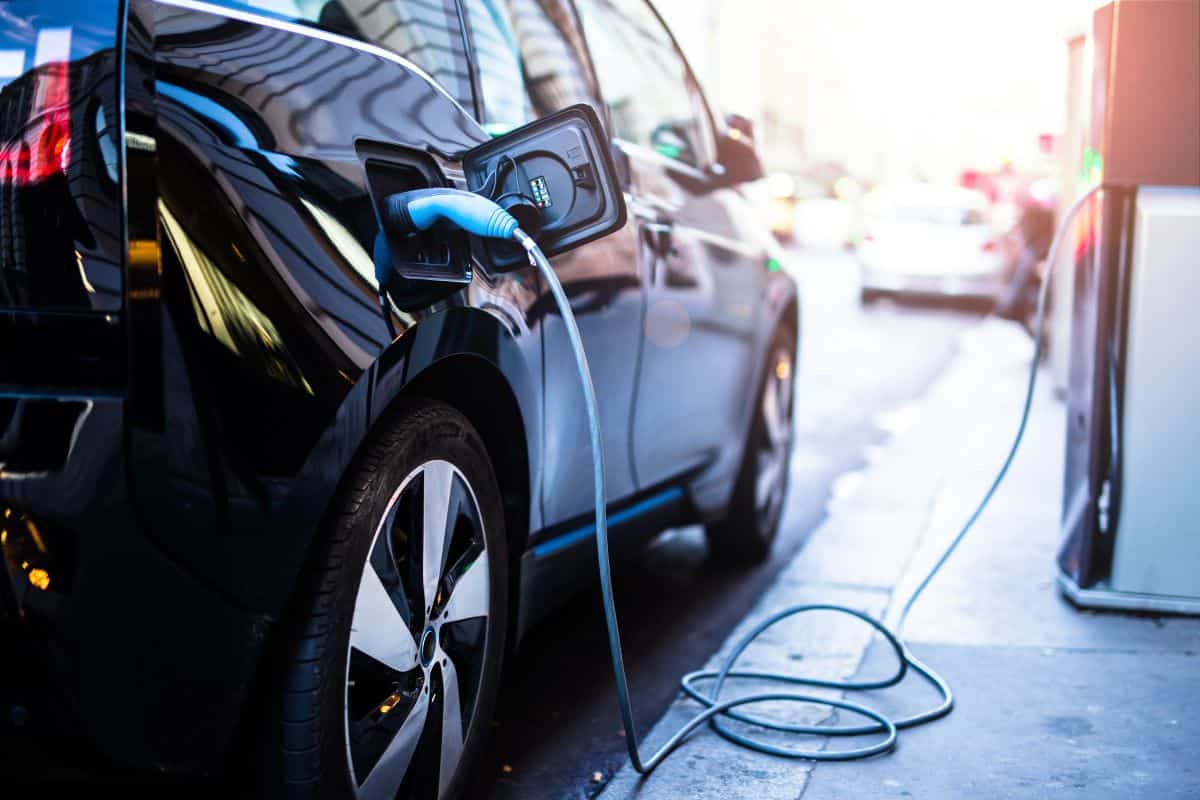While electric cars promise a cleaner, greener future, the road to success has been littered with some shocking failures. Here are the worst EV nightmares in automotive history, illustrating the bumpy ride toward electrification.
1. GM EV1
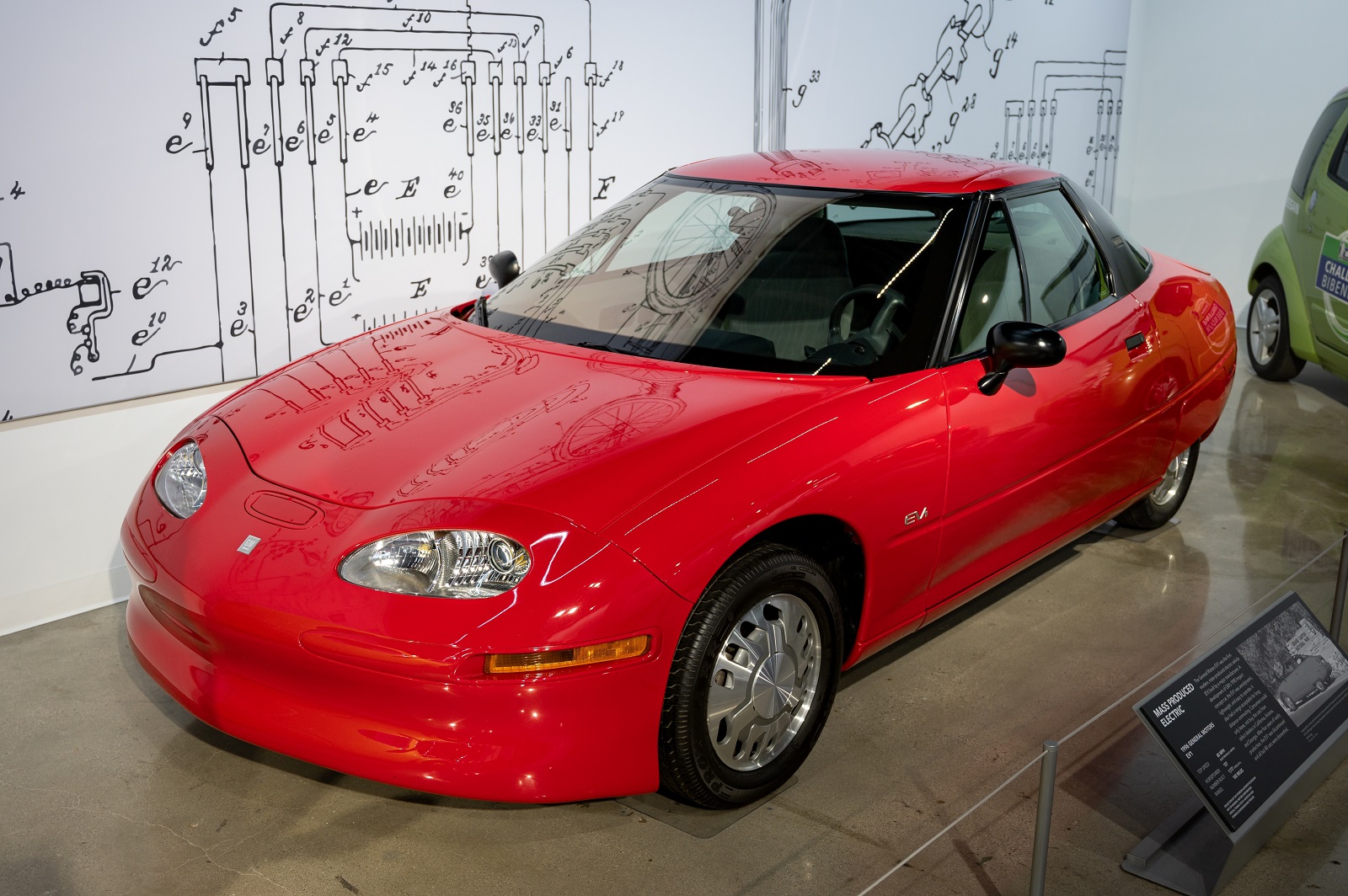
The GM EV1 was a promising start that ended in disappointment. Despite its pioneering design and enthusiastic early adopters, GM controversially recalled and crushed all units, citing high production costs and low demand.
2. Fisker Karma
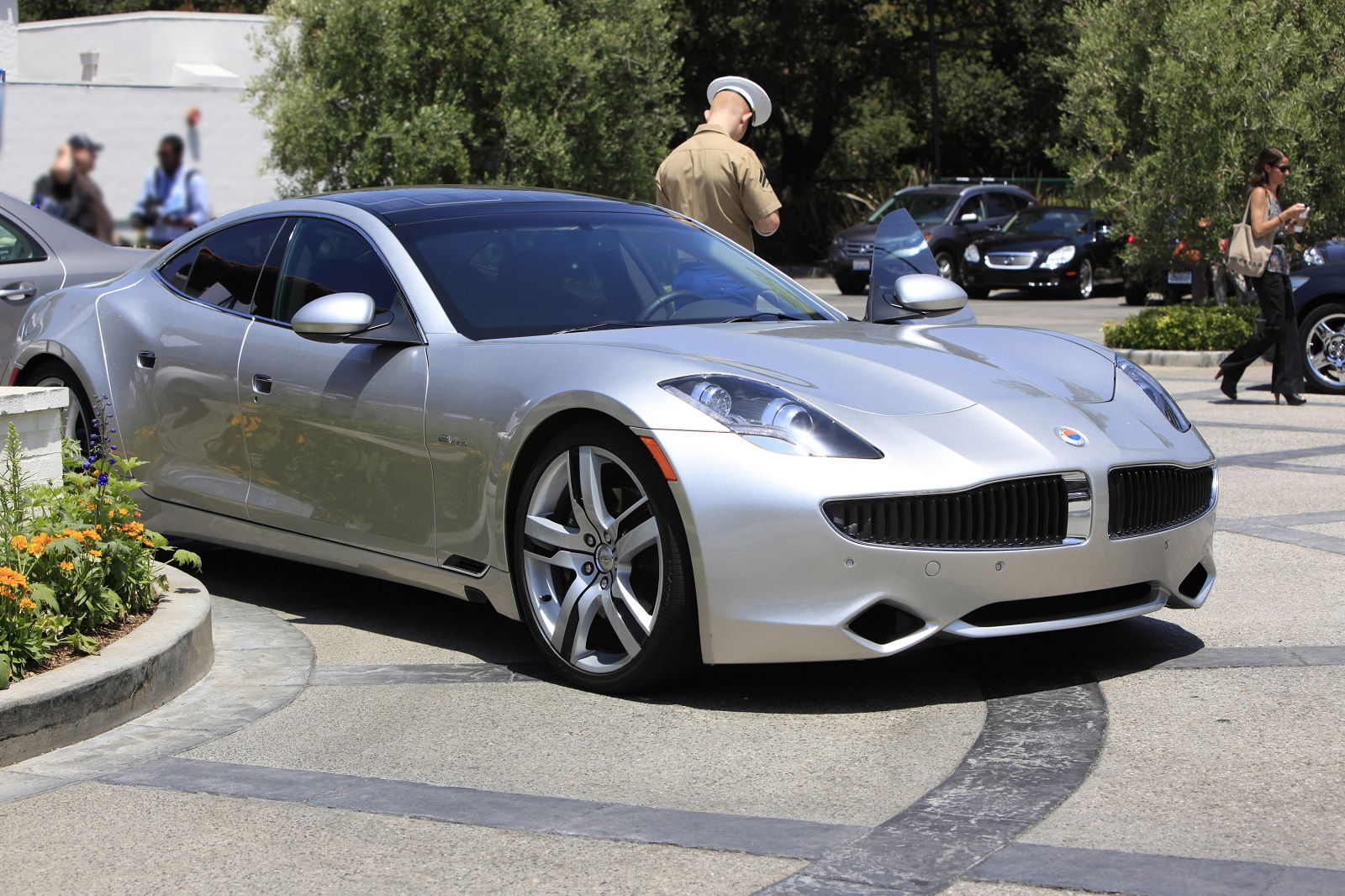
The Fisker Karma was a luxury EV that dazzled with its sleek design but faltered with reliability issues. Frequent breakdowns, battery fires, and a company bankruptcy spelled disaster for this ambitious project.
3. Coda Sedan
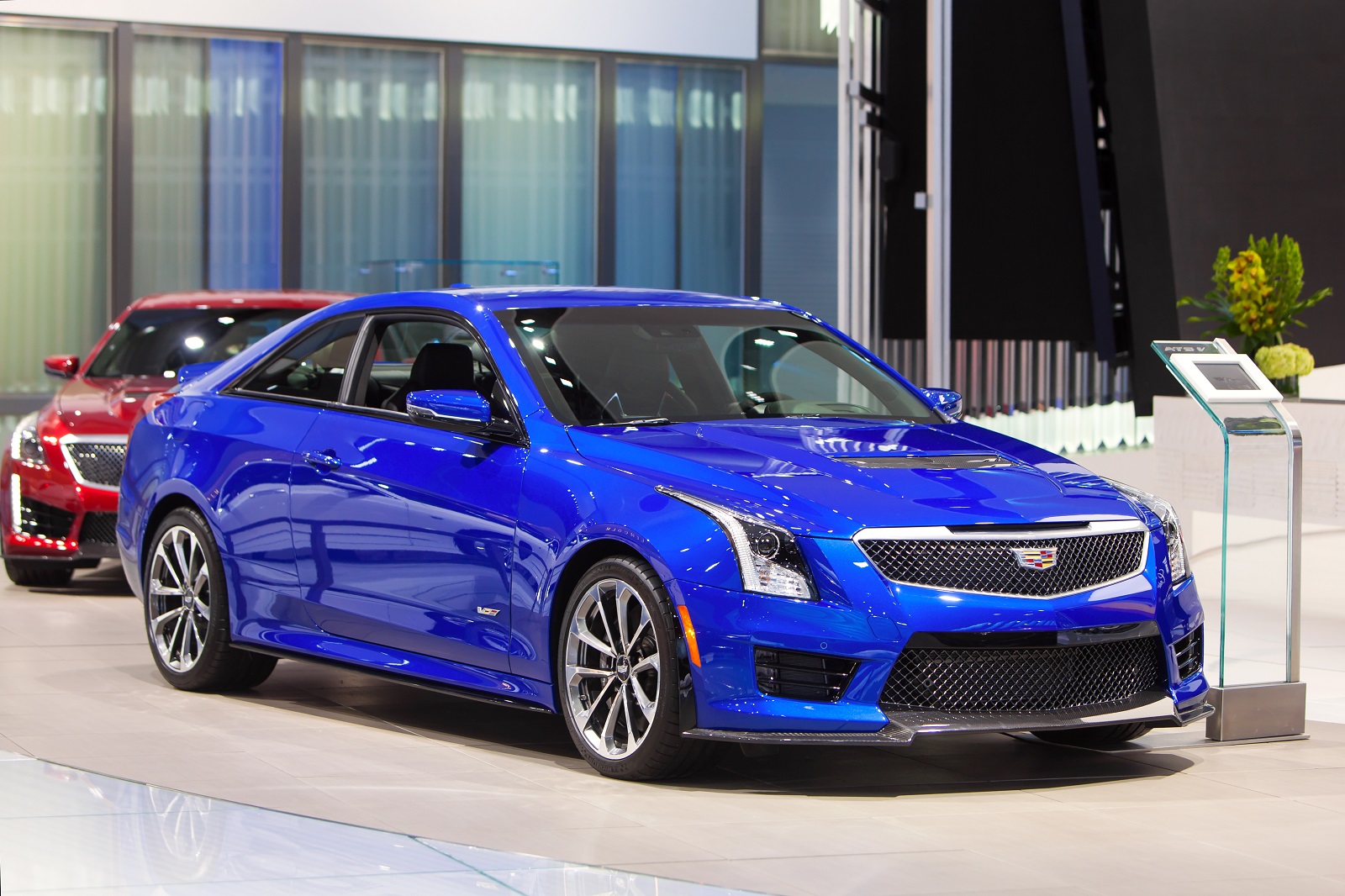
The Coda Sedan promised affordability but delivered a lackluster product. Poor build quality, outdated design, and limited range led to the company’s rapid demise after selling only a few hundred units.
4. DeLorean DMC-12 Electric Conversion
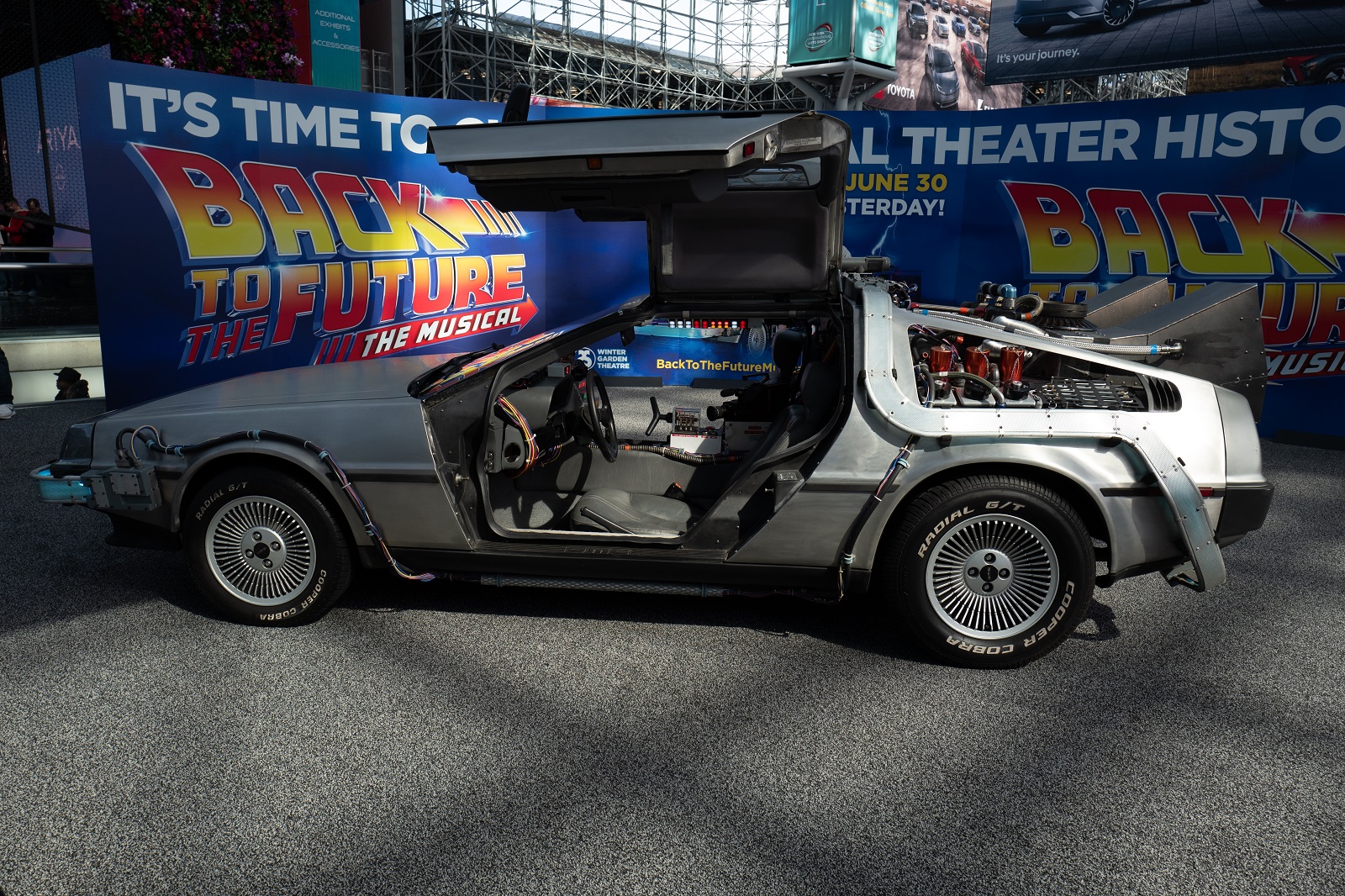
The DeLorean DMC-12, made famous by “Back to the Future,” attempted an electric reboot that never took off. Limited range, high conversion costs, and technical challenges kept this nostalgic dream grounded.
5. Think City
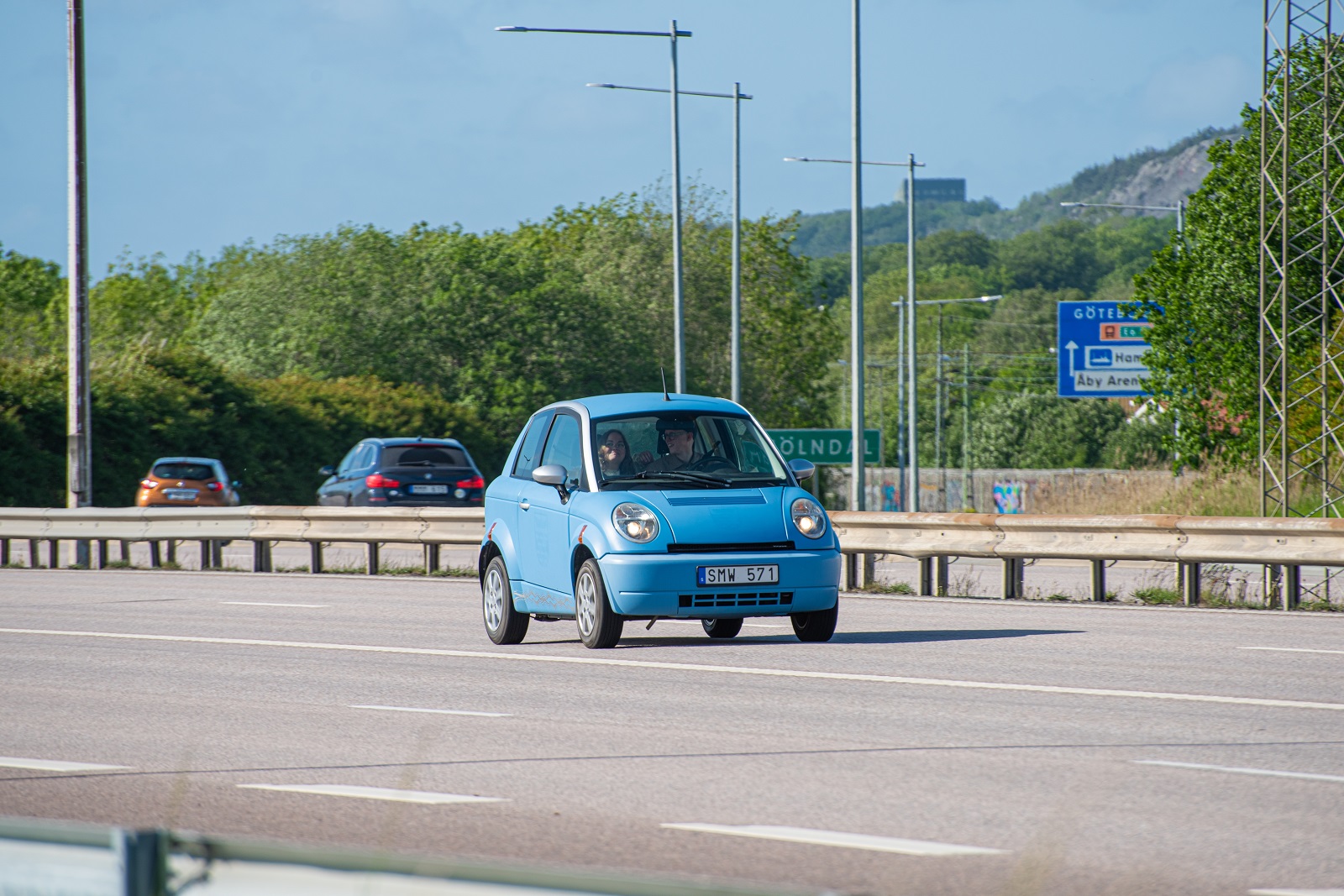
The Think City was a compact EV from Norway that failed to capture market interest. Despite initial enthusiasm, its limited range and high price led to Think Global’s bankruptcy, twice.
6. Bolloré Bluecar
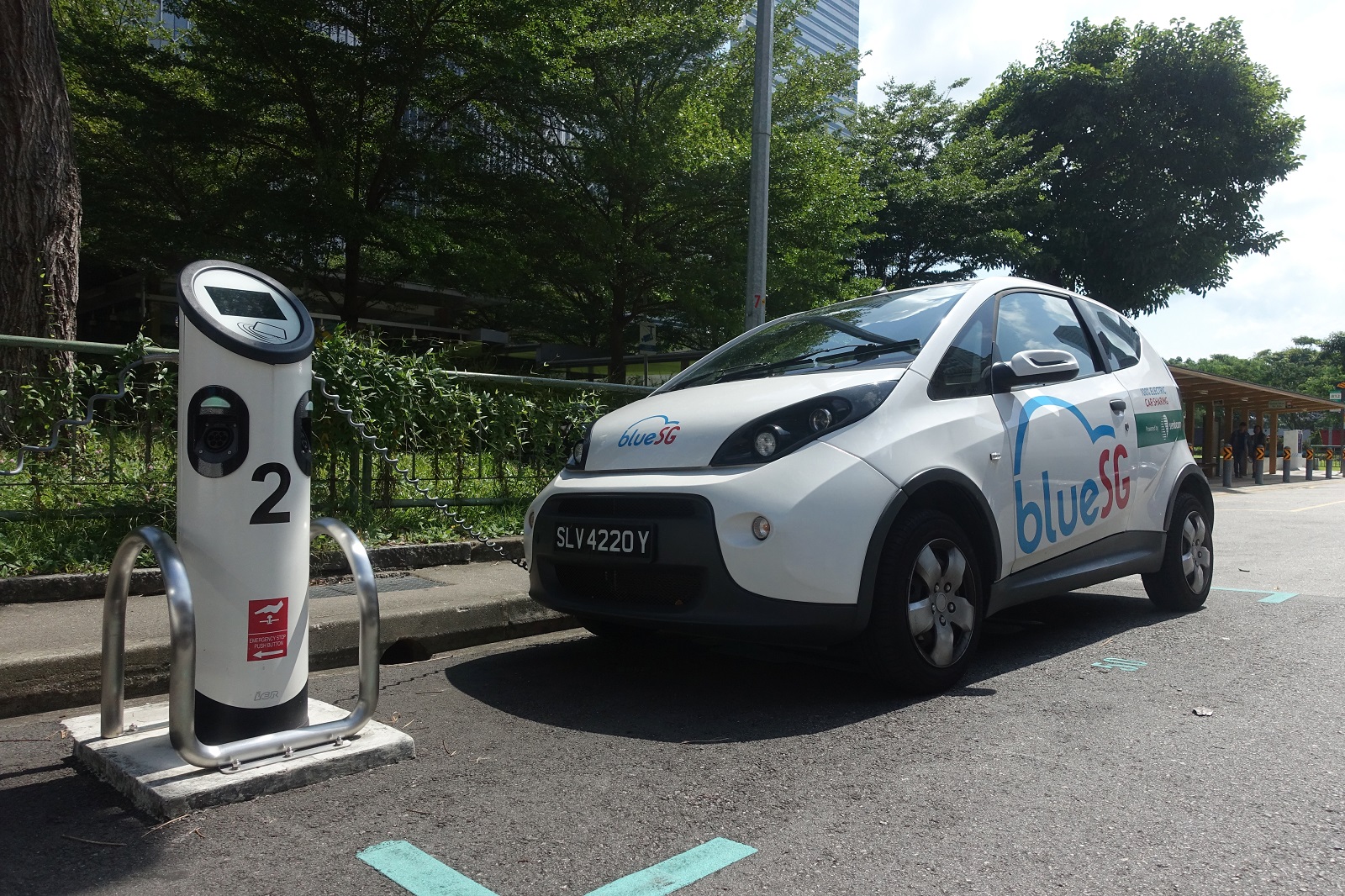
The Bolloré Bluecar was part of a car-sharing service in Paris that didn’t gain traction. Poor user adoption and financial losses resulted in a failed experiment in urban mobility.
7. Miles Electric Vehicles
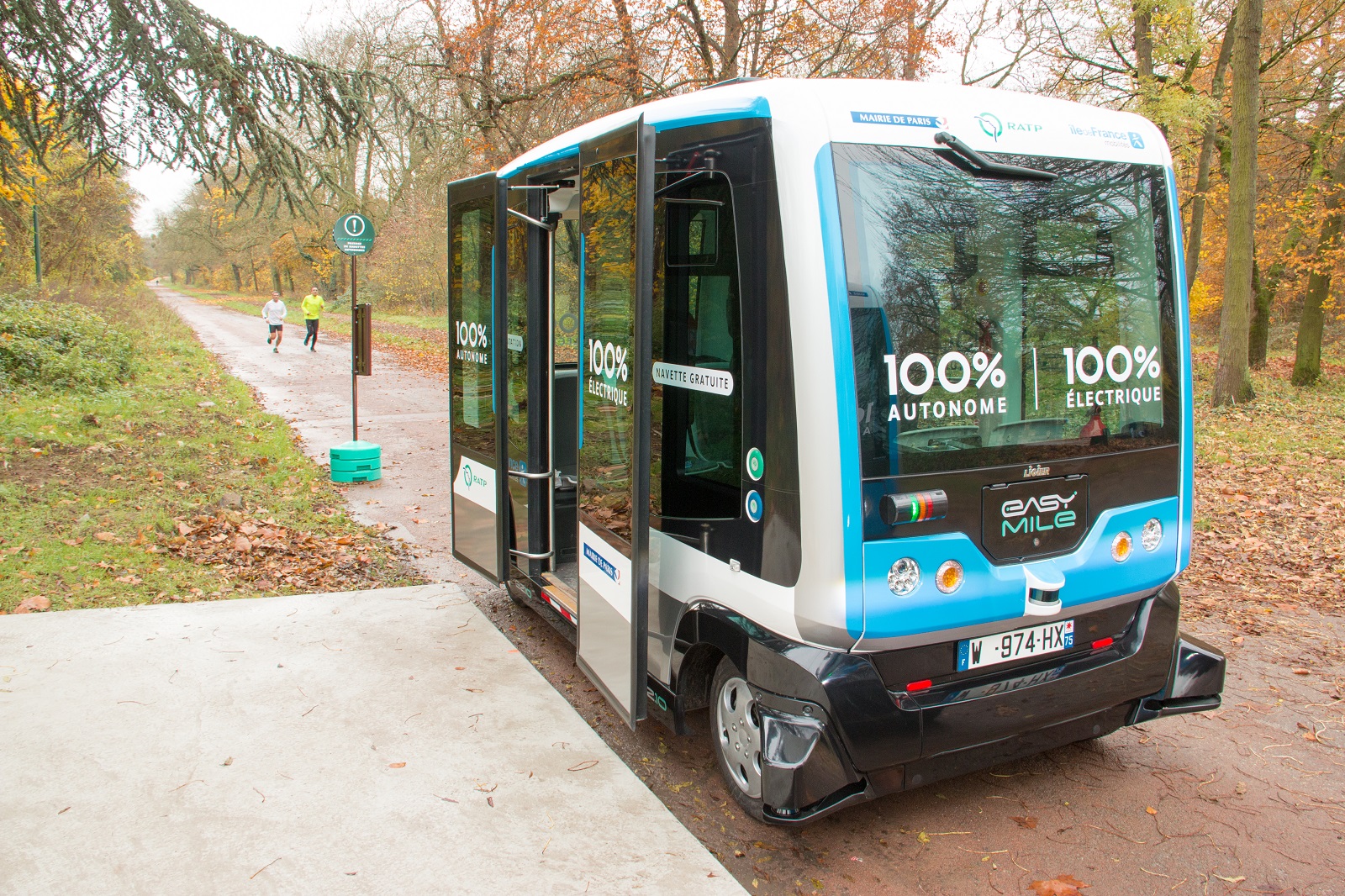
Miles Electric Vehicles aimed to provide affordable EVs but struggled with quality and performance issues. The company’s inability to produce competitive models led to its quick disappearance from the market.
8. Chrysler TEVan
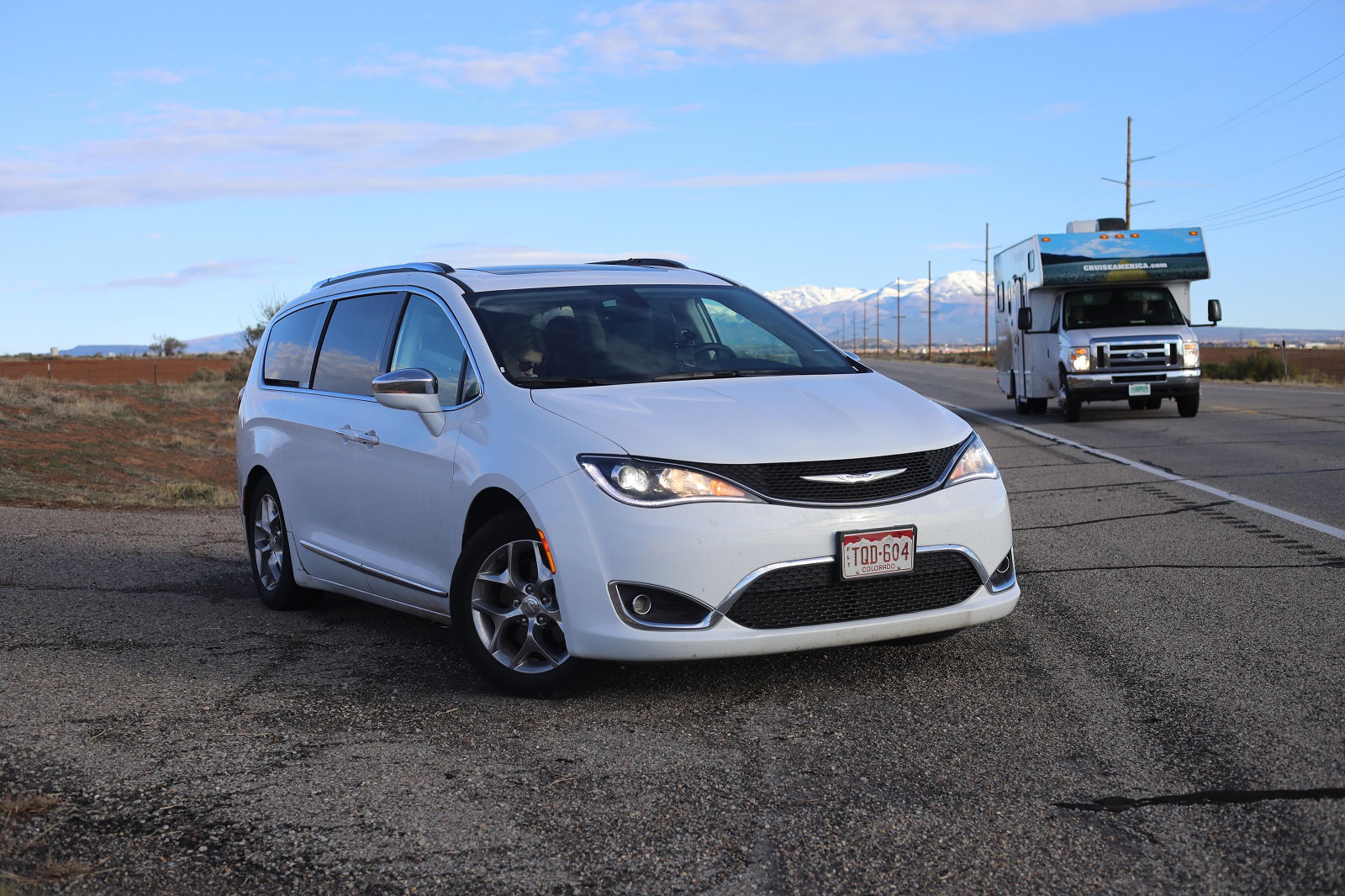
The Chrysler TEVan, an early attempt at an electric minivan, suffered from limited range and high costs. Only a handful were produced, making it a forgotten relic of early EV experimentation.
Better Place Network

Better Place aimed to revolutionize EVs with a battery-swapping network but collapsed under its own ambition. High infrastructure costs and a lack of compatible vehicles led to a swift and dramatic failure.
Electric Failure
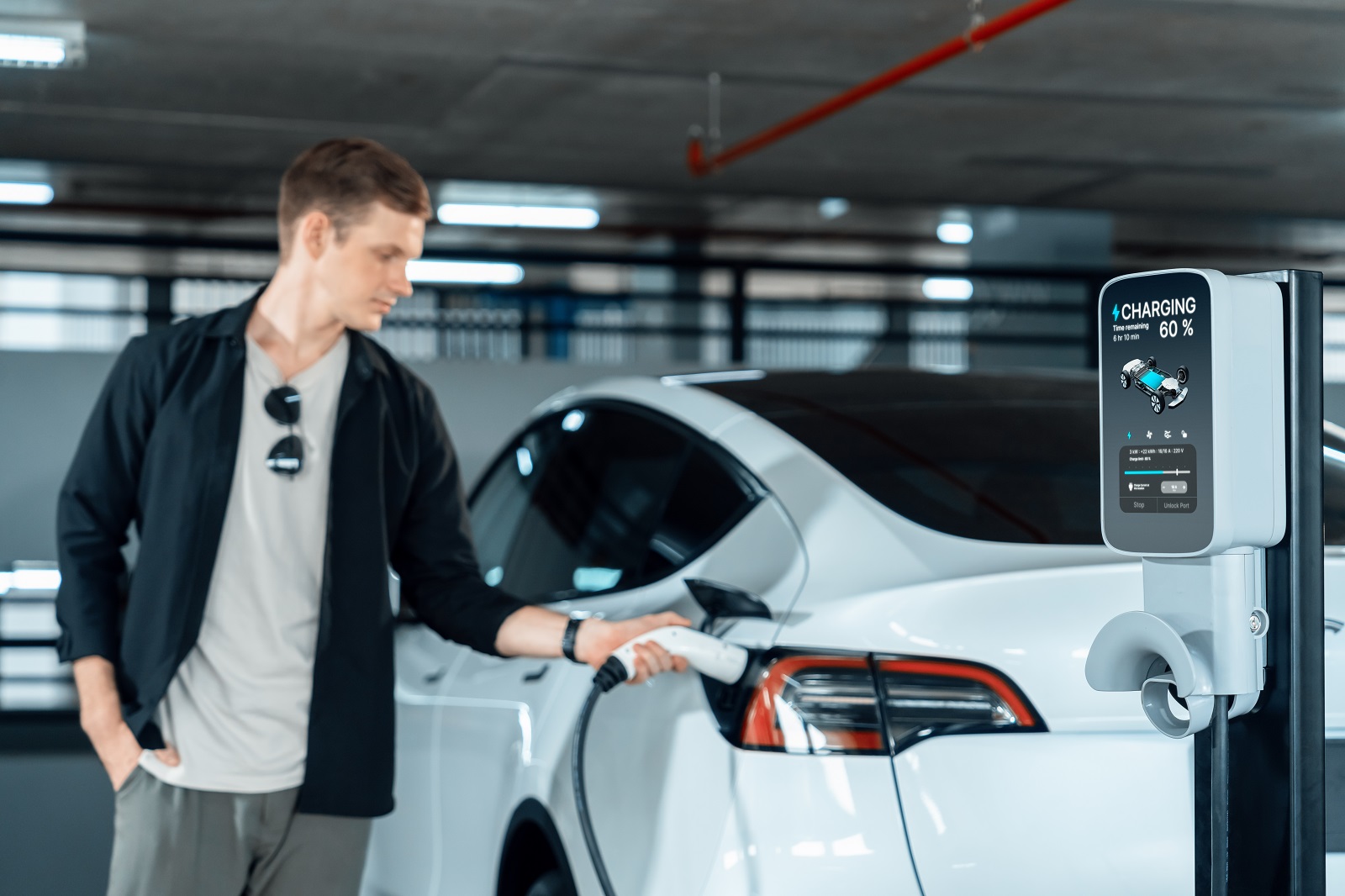
These EV failures highlight the challenges faced by early electric car innovators. While some of these vehicles showed promise, they ultimately fell victim to technological, financial, and market obstacles. Learning from these missteps is crucial as we drive toward a more sustainable automotive future.
Featured Image Credit: Shutterstock / guteksk7.
For transparency, this content was partly developed with AI assistance and carefully curated by an experienced editor to be informative and ensure accuracy.

